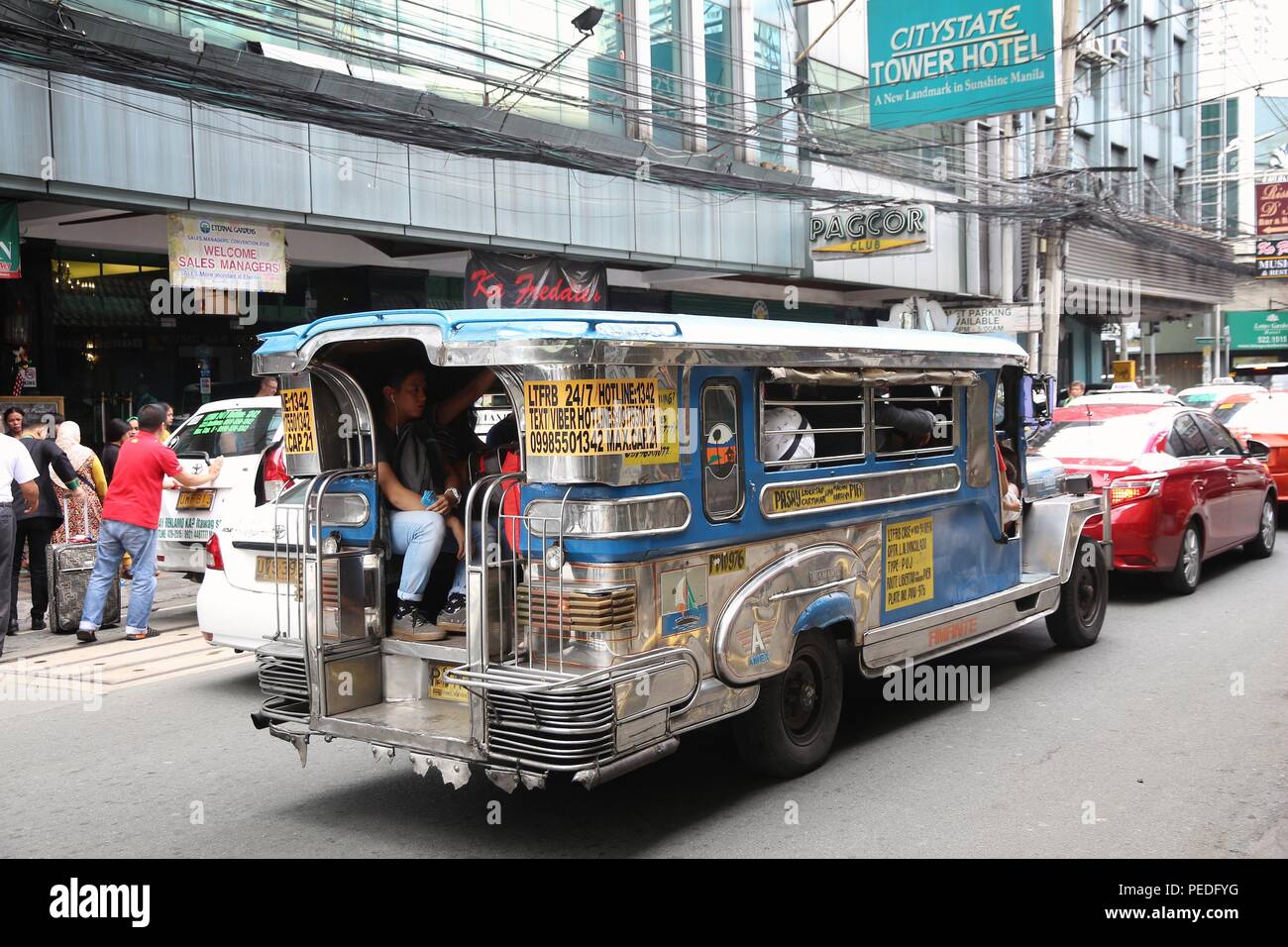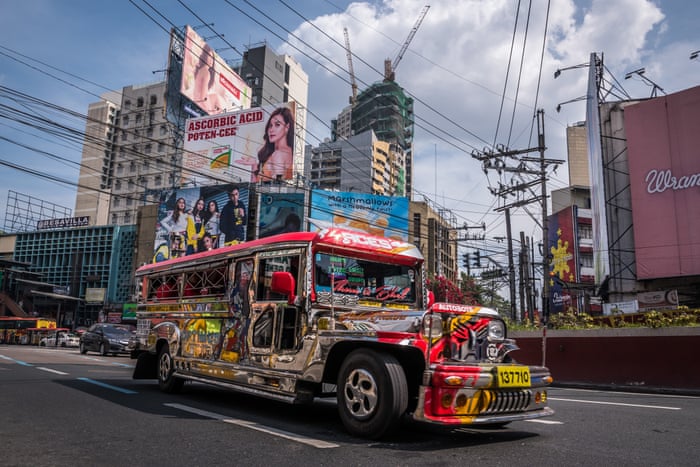Top Advantages of Transit Advertising Philippines for Businesses
Top Advantages of Transit Advertising Philippines for Businesses
Blog Article
Recognizing the Function of Transit Advertising And Marketing in Enhancing Brand Exposure and Customer Interaction
Transportation marketing has emerged as a critical aspect in the advertising landscape, supplying special possibilities for brand names to elevate their presence and engage customers effectively. With the capacity to reach a diverse and captive audience throughout their day-to-day commutes, these advertising and marketing methods are not simply concerning visibility; they have to do with creating meaningful connections with potential customers. As we check out the diverse benefits and ingenious techniques within transit marketing, it comes to be vital to take into consideration just how these components collectively affect customer perception and actions, increasing questions about their lasting influence on brand loyalty.
Definition of Transit Advertising
Transit advertising and marketing describes the practice of advertising products, solutions, or brand names with promotions put around mass transit systems. This form of marketing encompasses a variety of positionings, consisting of posters on buses and trains, digital screens at transportation terminals, and covers on the exterior of vehicles. It intends to get to a varied audience, exploiting on the high foot web traffic related to public transportation.
Transportation advertising and marketing is purposefully positioned to catch the focus of commuters, who often spend significant time waiting or traveling. By incorporating ads right into the everyday regimens of people, brand names can create a long lasting impact and foster brand recognition. The tool is particularly effective in urban environments, where public transport is a main mode of traveling.
Furthermore, transportation advertising and marketing can promote localized targeting, permitting organizations to get to particular demographics based upon transportation paths and station areas. As metropolitan populations grow and using public transportation increases, this advertising and marketing approach has actually obtained prestige as a vital element of integrated advertising techniques. The dynamic nature of transit marketing, integrated with its ability to involve consumers in a restricted setting, highlights its relevance in contemporary marketing methods.
Advantages of Transit Advertising
The efficiency of transportation marketing exists in its capability to provide a multitude of benefits to brand names seeking to enhance presence and involvement. Among the main advantages is the extensive reach it offers; transit ads can successfully target varied demographics throughout metropolitan locations, getting to both pedestrians and commuters alike. This broad exposure dramatically enhances brand name understanding.
An additional benefit is the high frequency of impressions. As transit lorries take a trip along established courses and stop at several locations, they create repeated exposure that enhances brand name messages. This frequency fosters experience, which is critical in consumer decision-making.
Transit marketing is also cost-efficient contrasted to various other media systems. Offered its large reach and potential for high impacts, brands frequently experience a lower expense per thousand perceptions (CPM), optimizing their advertising spending plan.
In addition, transportation ads can produce a feeling of area link. By aligning with neighborhood transit systems, brands can reverberate with local target markets and cultivate a feeling of local satisfaction. This local method enhances brand name loyalty and engagement, making transit advertising a compelling option for businesses intending to strengthen their existence in the market.

Efficient Approaches for Transit Campaigns
To make best use of the effect of transit projects, brands need to take advantage of calculated preparation and implementation customized to their target audience. First, recognizing the group qualities of the audience using public transportation is critical. This enables brands to develop customized messaging that reverberates with prospective customers.
Following, picking the best transit tools is vital. Whether making use of bus covers, metro posters, or digital displays, each medium has one-of-a-kind benefits that can enhance presence. As an example, vibrant visuals on bus covers can stand out, while electronic ads can click now be upgraded frequently to show prompt promos.
In addition, incorporating a cohesive branding strategy across transportation platforms ensures consistency and enhances the brand's identity. Making use of attractive layouts and memorable taglines will reinforce brand name recall among commuters.
By employing these view website strategies, brand names can successfully harness the capacity of transit advertising and marketing, fostering better recognition and connection with their target audience. Inevitably, a well-executed transportation campaign can drive significant development in brand name visibility and customer interaction.

Measuring Effect and Engagement
In assessing the efficiency of transit marketing campaign, accurate dimension of impact and engagement is essential for brands looking for to enhance their marketing techniques. Metrics such as reach, regularity, and impacts provide fundamental information to examine visibility. Evaluating these variables aids establish the number of potential consumers are exposed to the ads throughout their day-to-day commutes.
Involvement can be additional gauged through consumer interactions, such as web site web traffic, social media mentions, and direct feedbacks to calls-to-action featured in the ads. Making use of tools like QR codes or special URLs can assist in tracking of consumer behavior directly connected to transit campaigns. Surveys and feedback devices also act as valuable approaches to collect qualitative information on consumer understandings and recall of the promotion.
Additionally, advanced analytics and attribution models can correlate transportation direct exposure with subsequent buying actions, offering insights right into the return on investment. By using a thorough strategy that incorporates measurable and qualitative procedures, brand names can create a nuanced understanding of their transportation advertising and marketing effect. Ultimately, this data-driven approach makes it possible for brands to fine-tune their campaigns, guaranteeing they reverberate properly with target audiences and improve overall brand exposure.
Situation Studies of Successful Projects
Successful transportation advertising campaigns function as engaging instances of exactly how effective approaches can elevate brand exposure and engagement. Transit Advertising Philippines. One remarkable instance is the "I Love New York" project, which changed the city's picture and brought in countless visitors. By making use of train advertisements, signboards, and bus wraps, the project produced a solid, cohesive brand identification, leading to a substantial uptick in tourism and neighborhood organization patronage
Another excellent project is Coca-Cola's "Share a Coke" campaign, which leveraged transportation marketing to personalize the brand experience. By including preferred names on marketing materials across various transportation systems, Coca-Cola promoted a deeper psychological connection with customers, encouraging them to share their experiences on social networks.
In addition, the "Got Milk?" campaign effectively used public transport ads to get to a wide audience, strengthening the message of the importance of milk in visit this page a balanced diet regimen. The campaign saw a quantifiable increase in milk usage in target demographics.
These study illustrate that when implemented thoughtfully, transit marketing can substantially improve brand name visibility, foster consumer interaction, and drive quantifiable outcomes, demonstrating its important function in contemporary marketing approaches. - Transit Advertising Philippines
Verdict
Finally, transit marketing works as a crucial device for enhancing brand name exposure and promoting consumer engagement. By making use of purposefully put ads within public transport systems, brand names can properly get to varied audiences and reinforce acknowledgment with constant exposure. The application of targeted messaging and ingenious approaches additionally enhances the effect of transit projects. Ultimately, the ability to measure interaction and examine successful situation studies emphasizes the efficiency of transportation advertising in driving brand name loyalty and customer interactions.
Transit advertising has arised as a pivotal aspect in the marketing landscape, using unique chances for brand names to elevate their visibility and engage consumers properly.In addition, transit advertising can promote localized targeting, enabling services to get to certain demographics based on transportation routes and terminal areas.In examining the efficiency of transportation advertising projects, accurate measurement of influence and interaction is important for brands looking for to optimize their advertising and marketing approaches.Effective transportation marketing campaigns serve as compelling examples of how reliable strategies can boost brand visibility and interaction.In final thought, transportation advertising and marketing serves as an essential device for enhancing brand exposure and promoting customer engagement.
Report this page